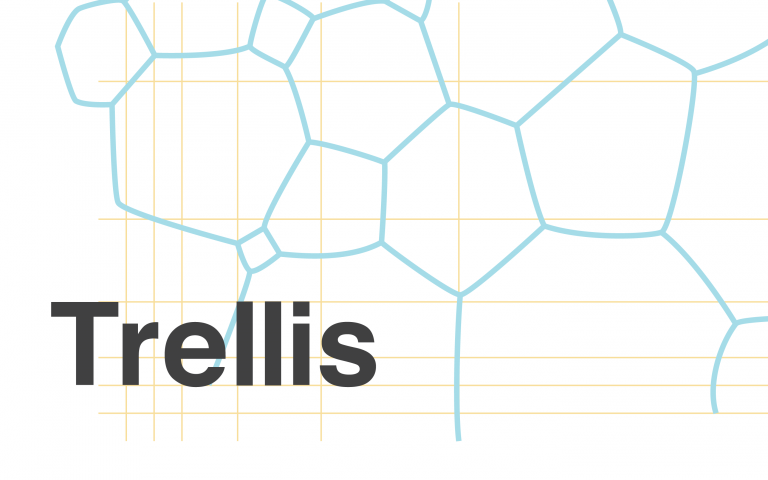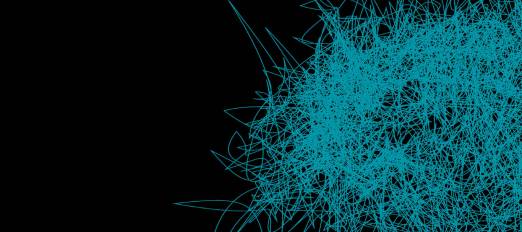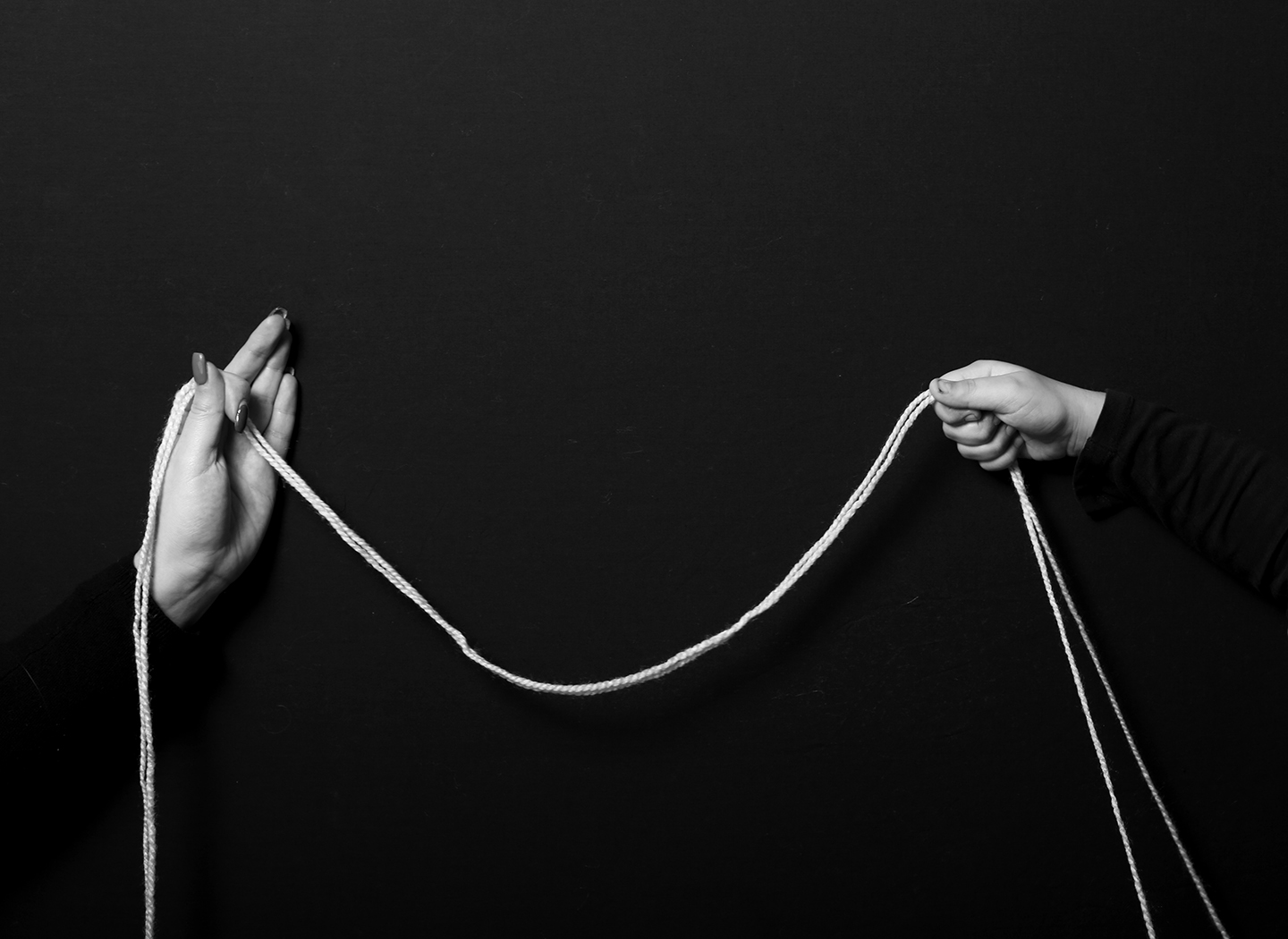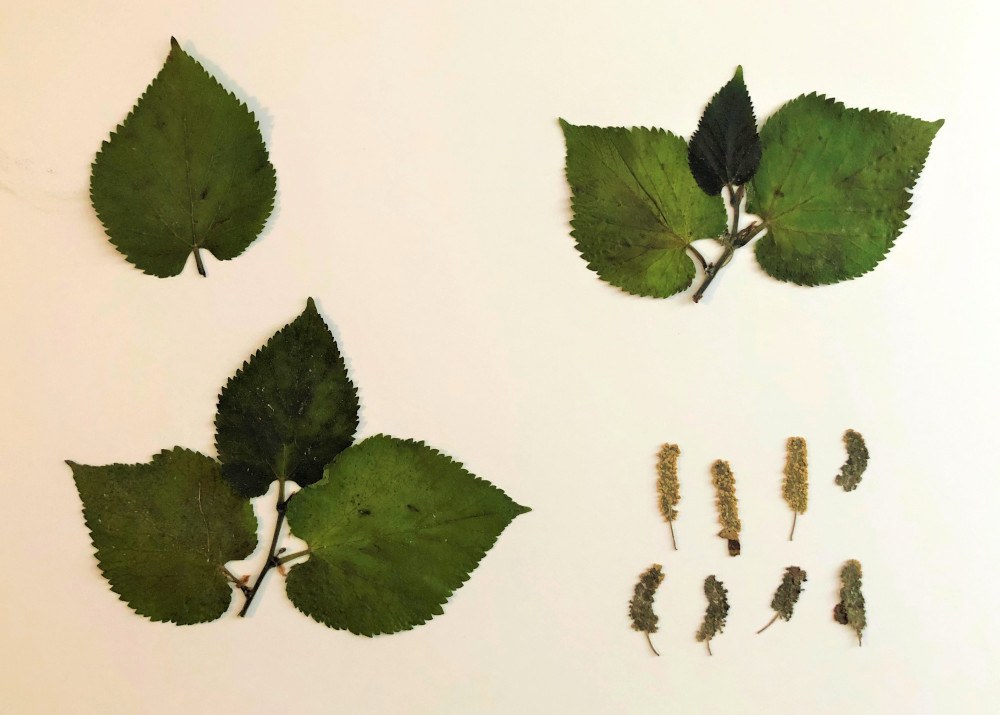Trellis: Public Art
Bringing together researchers, artists and communities.

What is Trellis: Public Art?
Trellis: Public Art is a programme of knowledge exchange between researchers and artists, part of the wider vision for UCL Public Art and Community Engagement to create opportunities for collaboration between artists, researchers and communities based around the future UCL East campus.
The programme began in 2018 with Trellis 1, when the first cohort of artists and researchers came together at a matchmaking event. Since then, we've worked with over a hundred artists and researchers, and many local community individuals and organisations, and the programme is still ongoing.
Visit the Trellis pages on the UCL East website
 Close
Close




